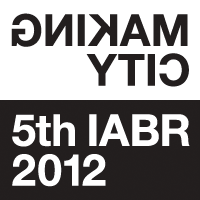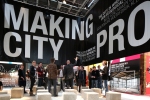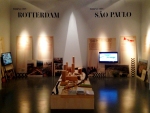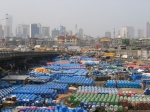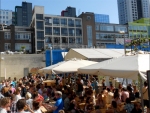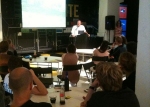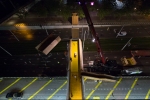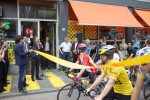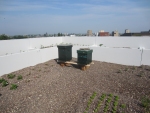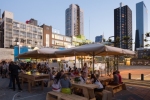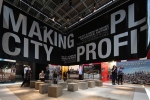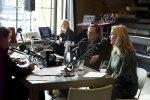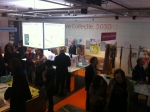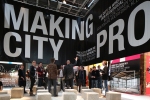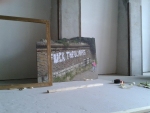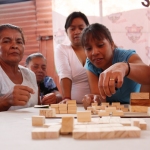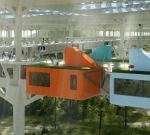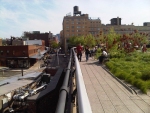24.04.12
Book launch 'Design and Politics #6 - Are We The World?'
Due to unforseen circumstances, this debate will be postponed to another date in June, soon to be announced.
For decades, Dutch design has been exported across the globe. After a successful period in which the polycentric Randstad model was held in high esteem, followed by the fresh, modern approach of the SuperDutch architects, the resources and expertise of organisations such as NAi, IABR, and DutchDFA are now being employed for projects in Asia and South America. But, are Dutch ingenuity, pragmatism and process management the ideals that the explosively expanding or shrinking cities of the 21st century are most in need of? Isn't the city more of a political question – of accessibility, equality and democracy? What does the Dutch model offer global cities and what can the Netherlands itself learn? These questions take centre stage in a debate that is organised on the occasion of the publication of the book 'Are We The World?', part six of the Design and Politics series.
Speakers: Wouter Vanstiphout (TU Delft / Crimson), Karin Laglas (TU Delft) and Henk Ovink (Ministry of Infrastructure and the Environment)
Design and Politics #6 - Are We The World?
‘Are We The World?’ is part six of the Design and Politics series, an initiative from the Ministry of Infrastructure and the Environment, which examines the relationship between planning, design and politics. This part has been put together by the Chair of Design as Politics, under the supervision of Wouter Vanstiphout at TU Delft. The book compares the Randstad with São Paulo, Istanbul and Detroit, and speculates about alternative visions for city planning and idealistic architectural intervention for the cities involved. ‘Are We the World?’ is not only a plea for a central role for city planning, and an active exchange of ideas, but primarily for new political involvement. More information about the book on the website of 101 Publishers.
Design & Politics #6 is organized by the Dutch Ministry of Infrastructure and the Environment, Delft University of Technology, Faculty of Architecture, in cooperation with NAI.
